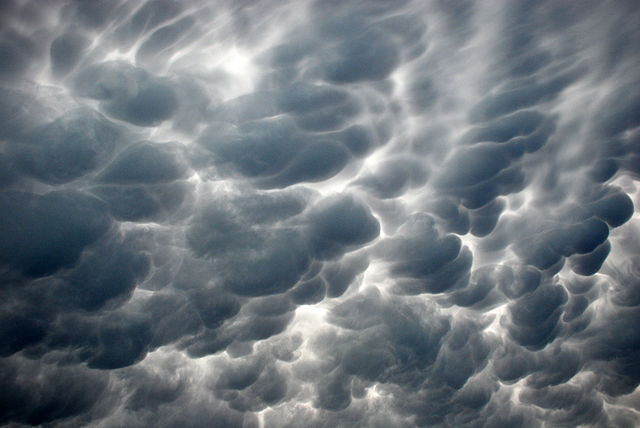20-Mar-2023: Gold Deposits in Districts of Odisha
Geological Survey of India (GSI), during Field Season Programme [FSP] 2018-19 carried out ‘general exploration’ (G2) for base metal in Adash block, Deogarh district of Odisha which revealed presence of gold as an associated metal, along with copper. GSI has established an indicated resource of 0.90 MT at 0.97 ppm of ores of gold in Adash block. The resource- bearing geological report has been handed over to the State Government of Odisha for auctioning. After auction of the block, the indicated resource may be upgraded to mineable reserve by successful bidders.
Western Disturbance: A Weather Phenomenon of North India recurs
A new Western Disturbance (WD) has arrived in northern India, with authorities predicting a reasonable amount of rain and snowfall at higher elevations.
Western Disturbance is a weather phenomenon that affects North India during the winter months. It is a low-pressure area that forms over the Mediterranean Sea and moves eastwards, affecting the weather conditions of the Indian subcontinent.
Essential Facts:
Origin: Western Disturbance originates over the Mediterranean Sea, mainly during the months of November to March. The jet streams in the upper atmosphere play a crucial role in its formation and movement.
Effect on Weather: Western Disturbance brings rainfall, snowfall, and hailstorm in North India. The intensity of the rainfall varies from light to heavy, and the amount of snowfall depends on the altitude and temperature of the region. The higher the altitude, the more significant the snowfall.
Regions Affected: The Western Himalayan region of North India, including Jammu and Kashmir, Himachal Pradesh, Uttarakhand, and parts of Punjab, Haryana, and Delhi, are primarily affected by Western Disturbance.
Impact on Agriculture: Western Disturbance has both positive and negative impacts on agriculture. While the rainfall and snowfall brought by it are beneficial for Rabi crops and groundwater recharge, the hailstorms can cause significant damage to standing crops.
Monitoring and Forecasting: The Indian Meteorological Department (IMD) monitors and forecasts the movement and impact of Western Disturbance. The IMD issues alerts and warnings to the concerned authorities to take necessary actions to mitigate the impact of the weather phenomenon.
Recently, mammatus clouds were observed hovering over Nebraska, United States.
Mammatus Clouds
Mammatus clouds are a rare and fascinating natural phenomenon that can be seen in the aftermath of a thunderstorm or other severe weather event. These unique formations are often seen as pouch-like protrusions hanging from the undersides of cumulonimbus clouds, usually after a thunderstorm. They are known for their distinctive appearance, with a series of rounded, bubble-like shapes that resemble mammalian udders, hence their name.
Mammatus clouds are not a type of cloud, but rather a cloud formation that occurs under specific atmospheric conditions. They are typically associated with thunderstorms, but can also form in the aftermath of a tornado or other severe weather event. They are most commonly seen in the late spring and early summer in the United States, although they have been spotted in other parts of the world as well.
The formation of mammatus clouds is thought to be due to a combination of factors, including the cooling and sinking of air, the presence of moisture, and instability in the atmosphere. When air cools and sinks, it creates a downdraft that can push moisture down and form the characteristic pouch-like shapes.
Despite their unusual appearance, mammatus clouds are not a sign of imminent danger or severe weather. In fact, they are often seen after a storm has passed and are usually a signal that the worst is over. However, they can sometimes indicate that the storm has more energy to release.
Mammatus clouds are not just a beautiful sight in the sky - they are also a valuable tool for meteorologists and researchers. They can provide important information about the state of the atmosphere, including the presence of moisture and instability, which can help predict future weather patterns and events.

